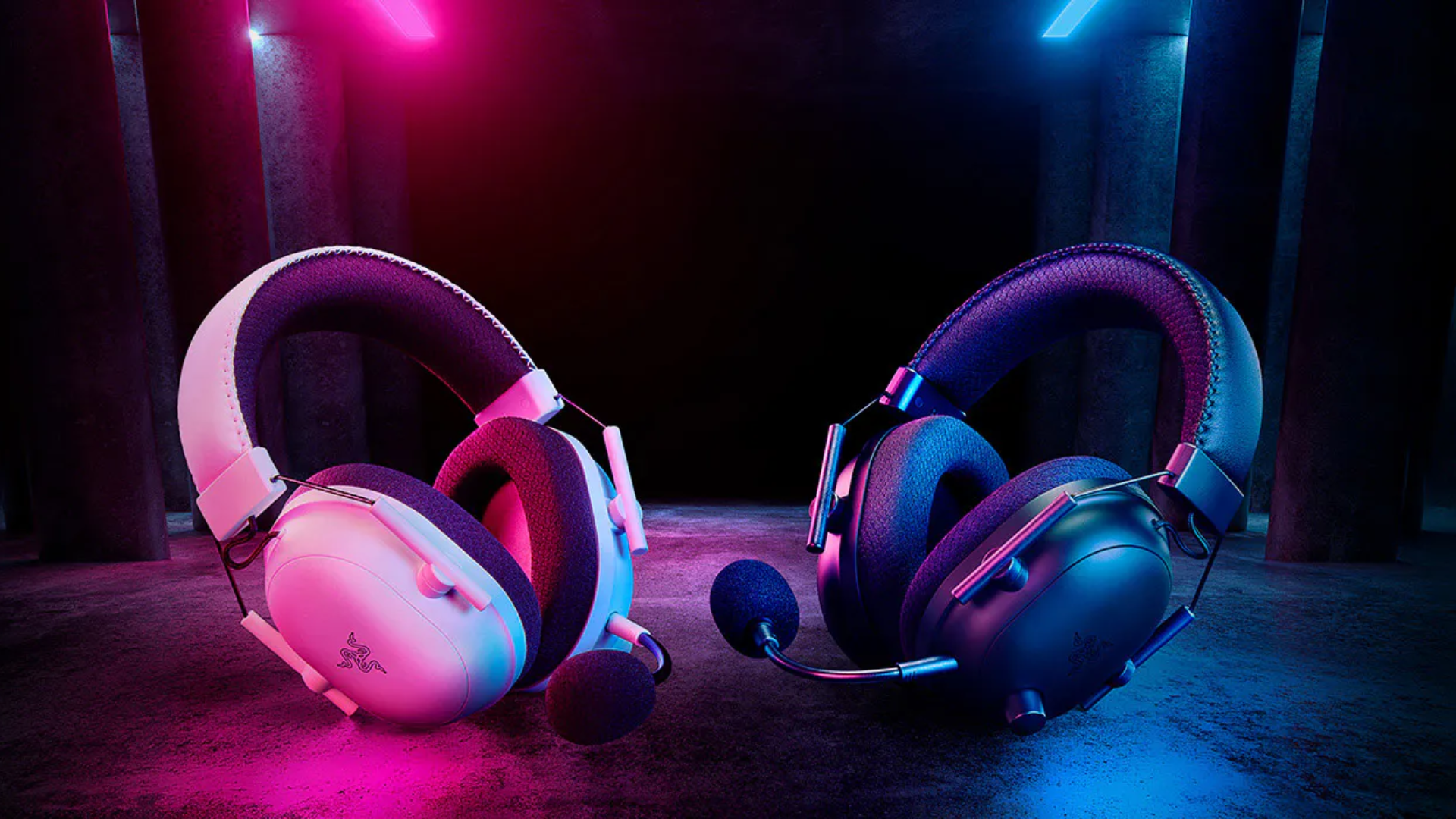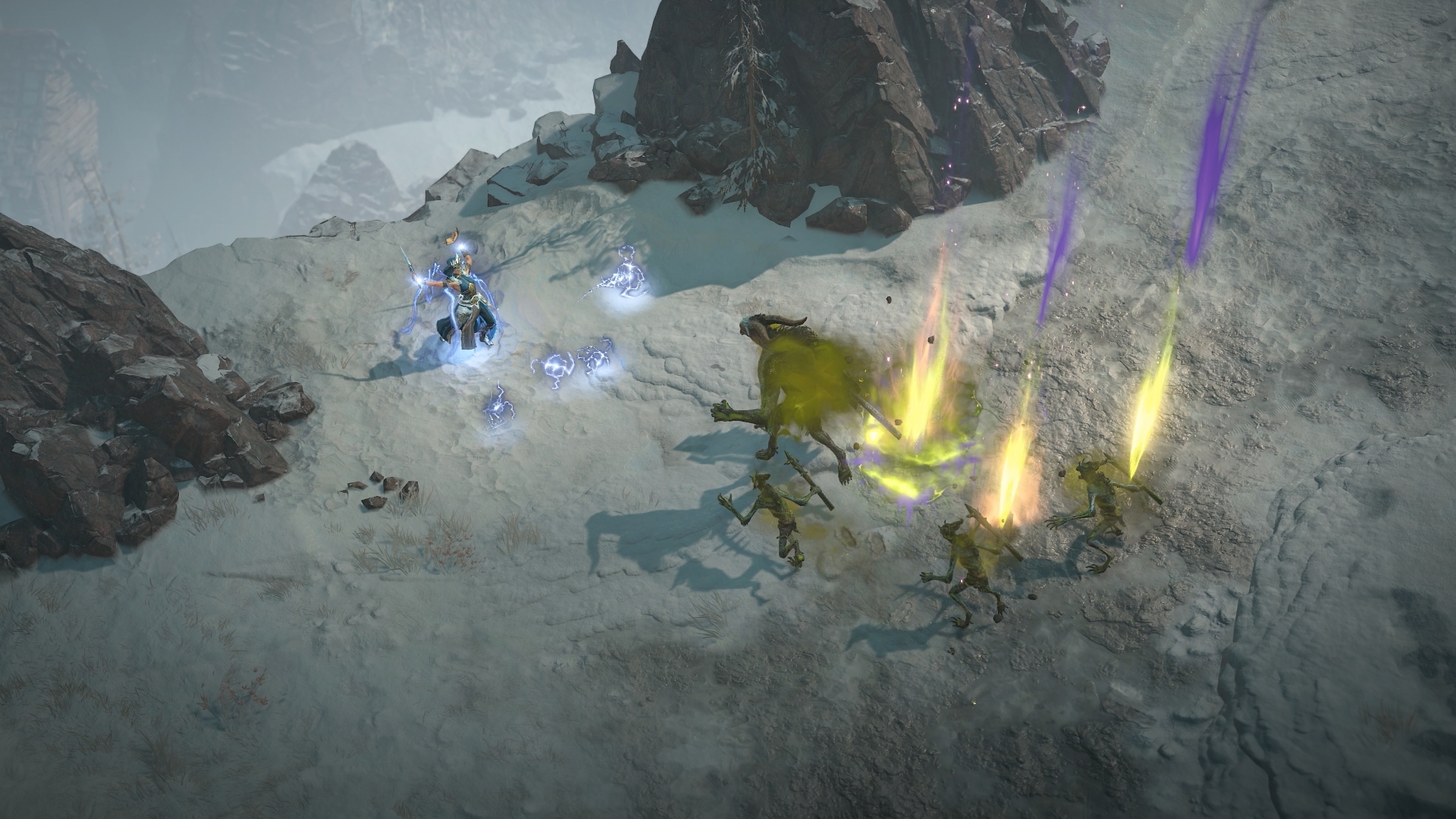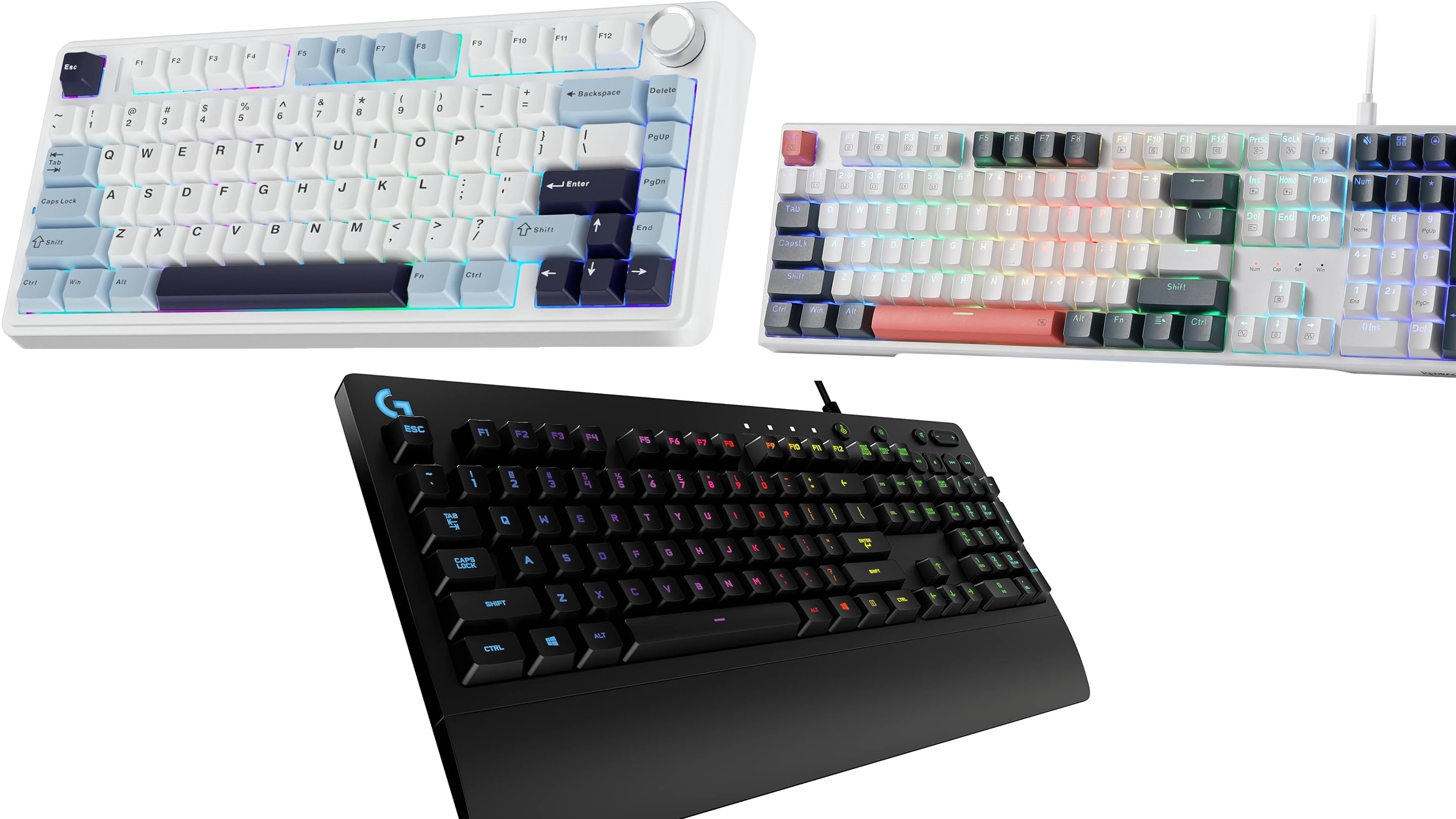Customize Baldur’s Gate 3 for the Nvidia GeForce RTX 5060 with the best graphics settings to maximize performance and visual quality.

Baldur’s Gate 3 is a visually stunning RPG that blends cinematic storytelling with dense environments without sacrificing performance. If you’ve just picked up an Nvidia GeForce RTX 5060, you’re likely wondering how to get the best performance out of your system with the game’s visuals feeling richer than ever. You can expect the RTX 5060 to run the game buttery smooth on 1080p and at decently high frame rates at 1440p with a helping hand from DLSS.
With a CPU that doesn’t bottleneck performance, you can expect to run the game at 100-120 FPS at max settings at 1080p and around 70-80 FPS at 1440p. However, after enabling DLSS, these numbers will increase substantially with the RTX 5060’s DLSS 4 Multi Frame Generation. Therefore, the card can run the game admirably at high resolutions with high framerates to match. Let’s dive into the best settings to make your journey through Faerûn look great and run even better.
Best Settings for RTX 5060 in Baldur’s Gate 3
General
- VSync: Off for monitors with 120+ FPS limit.
- Upscaling Type: DLSS, especially for 1440p displays
- Upscaling Mode: Quality
- Upscaling Sharpness: Default
Quality
- Model Quality: High
- Shadow Quality: High
- Cloud Quality: Ultra
- Texture Quality: Ultra
- Terrain Texture Quality: Ultra
- Texture Filtering: Anisotropic x16
- Instance Distance: High
- Fog Quality: Ultra
- Detail Distance: High
- Animation Level of Detail: High
Advanced
- Ambient Occlusion: On
- Depth of Field: Circular
- Depth of Field Quality: Quarter Denoise
- Bloom: On
- Subsurface Scattering: On
- Slow HDD Mode: Off
- Dynamic Crowds: On
Troubleshooting and Considerations
- Act 3 of Baldur’s Gate 3 is significantly more CPU-intensive, with large crowds being generated in the city. You may experience frame rate drops here, especially if your CPU is nearing maximum usage. If the stuttering problem is extreme, try increasing the game’s priority in the task manager from normal to high.
- The game’s recommended CPU requirements are Intel Core i7-8700K or AMD Ryzen 5 3600. If your hardware is on a similar level or better, then the issue may be due to software or background processes.
- Players have also struggled with a memory leak problem. If performance seems to deteriorate gradually over long play sessions, restart the game every 2 hours to fix the issue.
- Playing older saves (pre-Patch 7) has also led to performance issues, with frame drops and stuttering.
Looking For More Related to Tech?
We provide the latest news and “How To’s” for Tech content. Meanwhile, you can check out the following articles related to PC GPUs, CPU and GPU comparisons, mobile phones, and more:
- 5 Best Air Coolers for CPUs in 2025
- ASUS TUF Gaming F16 Release Date, Specifications, Price, and More
- iPhone 16e vs iPhone SE (3rd Gen): Which One To Buy in 2025?
- Powerbeats Pro 2 vs AirPods Pro 2: Which One To Get in 2025
- RTX 5070 Ti vs. RTX 4070 Super: Specs, Price and More Compared
- Windows 11: How To Disable Lock Screen Widgets
 Reddit
Reddit
 Email
Email


